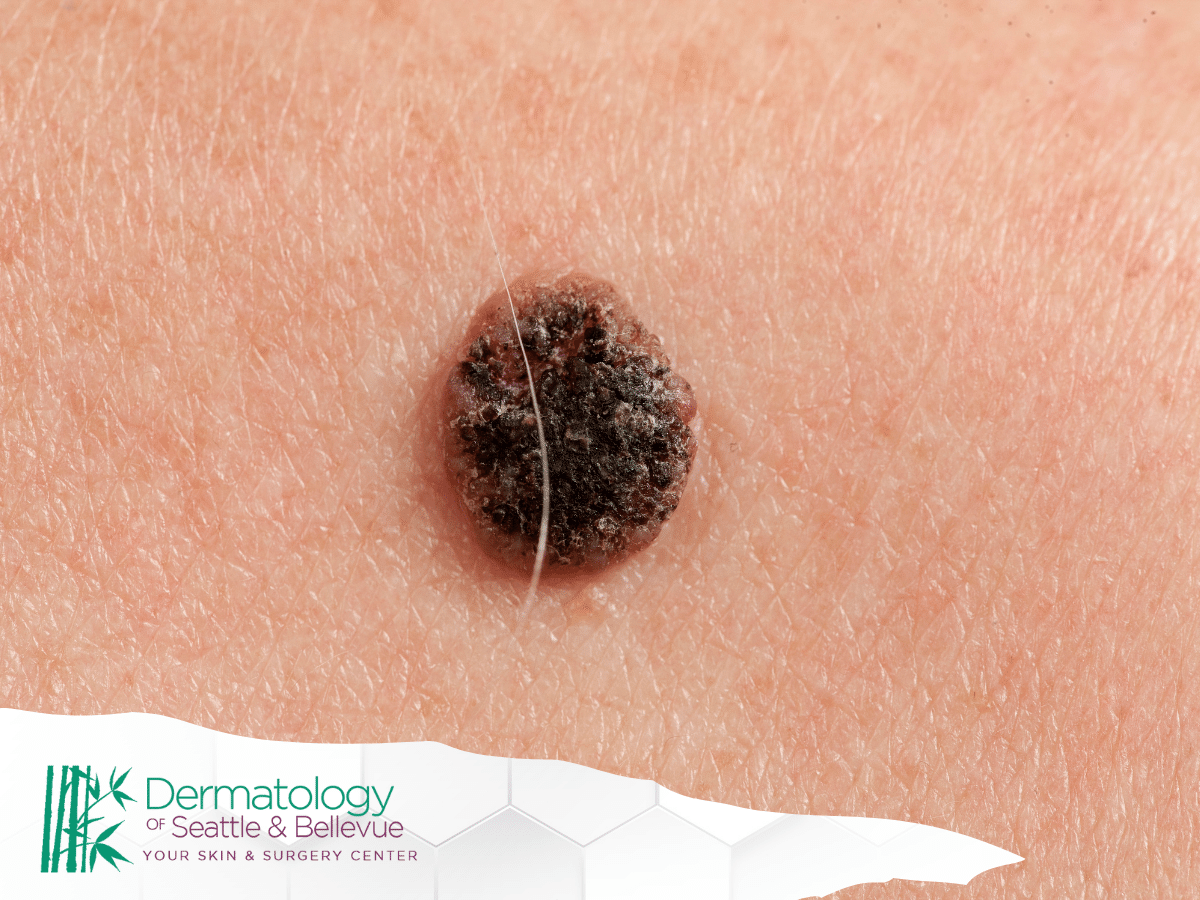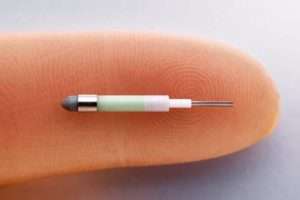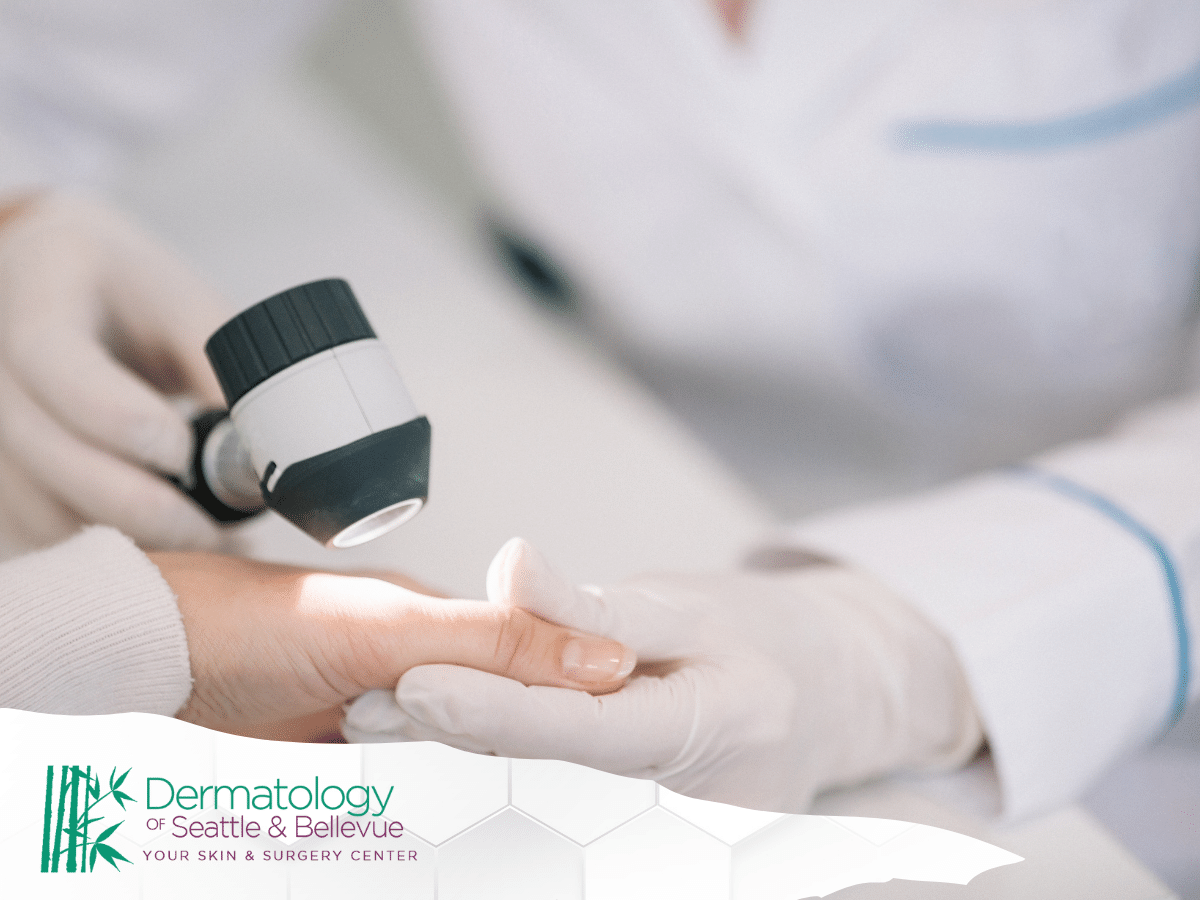Basaloid squamous cell carcinoma (BSCC) is a rare and aggressive variant of squamous cell carcinoma, primarily found in the head and neck region. This article delves into the complexities, risk factors, diagnosis, and treatment options for this malignancy.
What is Basaloid Squamous Cell Carcinoma?
Basaloid squamous cell carcinoma is a subtype of squamous cell carcinoma characterized by its basaloid appearance. This variant is noted for its aggressive nature and poorer prognosis compared to conventional squamous cell carcinoma. BSCC typically presents as a high-grade tumor with a propensity for early metastasis and poor outcomes.
Understanding Squamous Cell Carcinoma
Squamous cell carcinoma (SCC) is a common and potentially serious type of cancer that arises from squamous cells. These cells are flat, thin cells found in the outer layer of the skin (the epidermis) and the linings of various organs, including the respiratory and digestive tracts. SCC can develop in many different parts of the body, including the skin, lungs, esophagus, and the head and neck region.
Squamous Cell Carcinoma of the Skin
SCC of the skin is one of the most common types of skin cancer. It typically occurs on sun-exposed areas such as the face, ears, neck, lips, and back of the hands.
Prolonged exposure to ultraviolet (UV) radiation from the sun or tanning beds is the leading cause of skin SCC. Individuals with fair skin, light-colored eyes, and a history of sunburns are at higher risk.
Skin SCC often presents as a scaly, red patch, open sore, or warty growth that may crust or bleed. While early-stage SCC may be relatively easy to treat with minor surgical procedures, advanced cases can be more challenging and may require more extensive surgery, radiation therapy, or even systemic treatments.
Basaloid Squamous Carcinoma vs. Conventional Squamous Cell Carcinoma
Basaloid squamous carcinoma (BSC) and conventional squamous cell carcinoma (SCC) are both types of squamous cell carcinomas, yet they exhibit distinct differences in their histological features, clinical behavior, and prognosis.
Understanding these differences is crucial for accurate diagnosis and effective treatment planning.
Clinical Presentation and Behavior
The clinical presentation and behavior of BSC and conventional SCC also differ, influencing treatment decisions and prognosis.
- Basaloid Squamous Carcinoma (BSC): BSC often presents as a rapidly growing mass with a higher likelihood of local invasion and distant metastasis compared to conventional SCC. It is more aggressive and is frequently diagnosed at an advanced stage.
- Common sites for BSC include the head and neck region, particularly the upper aerodigestive tract, as well as the esophagus, lung, and anogenital areas. Patients with BSC may experience symptoms such as dysphagia, hoarseness, or unexplained weight loss, depending on the tumor’s location.
- Conventional Squamous Cell Carcinoma (SCC): Conventional SCC typically presents as a slower-growing lesion, often on sun-exposed areas of the skin, such as the face, ears, neck, and hands. It can also occur in mucosal sites, such as the oral cavity, esophagus, and lungs.
- Symptoms vary depending on the tumor’s location but may include persistent sores, bleeding, or difficulty swallowing. Conventional SCC tends to have a better prognosis than BSC, particularly when detected and treated early.
Diagnosis and Staging
Accurate diagnosis and staging are essential for determining the appropriate treatment strategy for both BSC and conventional SCC.
- Basaloid Squamous Carcinoma (BSC): Diagnosis of BSC involves histopathological examination and immunohistochemical staining to confirm the presence of basaloid cells and exclude other malignancies.
- Imaging studies, such as CT, MRI, and PET scans, are used to assess the extent of the disease and detect metastases. Staging is based on the tumor’s size, extent of local invasion, and presence of regional or distant metastases.
- Conventional Squamous Cell Carcinoma (SCC): Diagnosis of conventional SCC also relies on histopathological examination and may include immunohistochemical staining to differentiate it from other types of skin cancer. Imaging studies are used to determine the tumor’s extent and stage. The staging system for SCC is similar to that for BSC, focusing on tumor size, local invasion, and metastatic spread.
Diagnosis and Clinical Presentation
The diagnosis of BSCC involves a combination of clinical examination, imaging studies, and biopsy. Common symptoms include a pharyngeal mass, difficulty swallowing, and a persistent sore throat. BSCC can also present with hoarseness, ear pain, and unexplained weight loss.
Imaging Techniques
Magnetic resonance imaging (MRI) and computed tomography (CT) scans are essential tools for assessing the extent of the tumor and involvement of adjacent structures. These imaging techniques help in planning surgical intervention and radiation therapy. Positron emission tomography (PET) scans may also be used to detect distant metastases.
Treatment Options
The treatment of BSCC involves a multimodal approach including surgery, radiation therapy, and systemic chemotherapy. The choice of treatment depends on the stage of the disease and the overall health of the patient. Multidisciplinary management is crucial for achieving optimal outcomes.
Surgical Intervention
Surgical resection with clear margins is the primary treatment for localized BSCC. Neck dissection may be necessary if there is cervical lymph node involvement. Postoperative radiotherapy is often recommended to reduce the risk of recurrence.
In advanced cases, reconstructive surgery may be required to restore function and appearance.
Radiation Therapy
Radiation therapy is a critical component in the management of BSCC, particularly for advanced-stage tumors or when surgical margins are not clear. It helps control local disease and reduce the risk of distant metastases.
Intensity-modulated radiation therapy (IMRT) allows for precise targeting of the tumor while sparing surrounding healthy tissue.
Chemotherapy
Systemic chemotherapy is used for advanced-stage BSCC or metastatic disease. Commonly used agents include cisplatin and fluorouracil, which help in shrinking tumors and improving survival rates. Targeted therapies and immunotherapy are also being explored as potential treatments for BSCC.
Factors Affecting Prognosis
Factors that influence prognosis include the size and location of the tumor, cervical lymph node involvement, presence of distant metastases, and molecular characteristics also play a role in determining prognosis.
Importance of Early Detection
Early detection of BSCC can significantly improve the chances of successful treatment and survival. Regular screenings and awareness of the symptoms are vital for early diagnosis. Public health campaigns and education about the risks and symptoms of BSCC are essential.
Regular Screenings
Regular screenings, especially for individuals at high risk, can help in the early detection of BSCC. This includes people with a history of tobacco and alcohol use or previous head and neck cancers. Screenings should include thorough clinical examinations and imaging studies as needed.
Recognizing Symptoms
Recognizing the early symptoms of BSCC, such as persistent sore throat, difficulty swallowing, and a pharyngeal mass, can lead to early diagnosis and treatment.
Other symptoms to watch for include unexplained weight loss, ear pain, and changes in voice. A healthcare provider should evaluate any persistent or unusual symptoms.
Preventive Measures
Preventive measures for BSCC include avoiding tobacco and alcohol consumption, protecting the skin from UV radiation. These steps can reduce the risk of developing BSCC and other related cancers. Public health initiatives focused on prevention can make a significant impact on reducing the incidence of BSCC.
Lifestyle Modifications
Making lifestyle modifications, such as quitting smoking and reducing alcohol intake, can significantly lower the risk of BSCC. Additionally, using sunscreen and wearing protective clothing can help prevent UV-related skin damage. Engaging in regular physical activity and maintaining a healthy diet can also contribute to overall cancer prevention.
Conclusion
Basaloid squamous cell carcinoma is a rare and aggressive variant of squamous cell carcinoma with a poor prognosis. Early detection, prompt treatment, and preventive measures are essential for improving outcomes.
Understanding the risk factors and recognizing the symptoms can help in the early diagnosis and successful management of this malignancy.
Final Thoughts
This blog is intended for informational purposes only and should not be used as a substitute for professional medical advice, diagnosis, or treatment. For accurate and personalized information regarding your health, scheduling an appointment with a qualified healthcare provider is essential.









